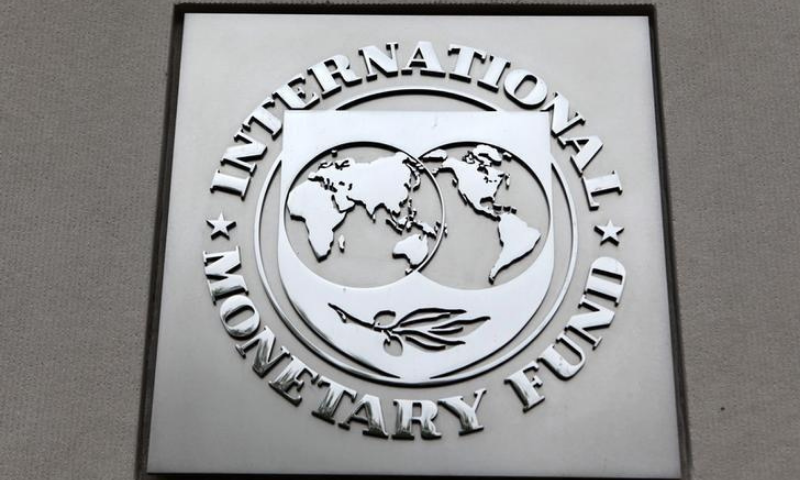ISLAMABAD, The International Monetary Fund (IMF) on Tuesday revised up its projection for Pakistan’s real Gross Domestic Product (GDP) growth rate to 3.9%.
In its World Economic Outlook report 2021 (Update), the IMF said “Projections are revised up for the Middle East and Central Asia due to robust activity in some countries (such as ..Pakistan).
Earlier in April this year, the IMF had projected Pakistan’s real GDP to grow at 1.5% in the year 2021 despite a higher projected rate of 3.0% by the State Bank of Pakistan (SBP).
Pakistan government had already released the provisional data of GDP growth rate (3.9%) for the year 2020-21 backed by robust industrial growth and higher than expected agriculture output.
The SBP on Tuesday forecast the GDP growth to rise from 3.9% in FY21 to 4- 5% this year, and average inflation to moderate to 7-9% from its recent higher out-turns.
Meanwhile the IMF in its statement said economic prospects have diverged further across countries since the April 2021 World Economic Outlook (WEO) forecast.
Vaccine access has emerged as the principal fault line along which the global recovery splits into two blocs: those that can look forward to further normalization of activity later this year (almost all advanced economies) and those that will still face resurgent infections and rising COVID death tolls, it added.
The recovery, however, is not assured even in countries where infections are currently very low so long as the virus circulates elsewhere.
The global economy is projected to grow 6.0 percent in 2021 and 4.9 percent in 2022.The 2021 global forecast is unchanged from the April 2021 WEO, but with offsetting revisions. Prospects for emerging market and developing economies have been marked down for 2021, especially for Emerging Asia. By contrast, the forecast for advanced economies is revised up. These revisions reflect pandemic developments and changes in policy support. The 0.5 percentage-point upgrade for 2022 derives largely from the forecast upgrade for advanced economies, particularly the United States, reflecting the anticipated legislation of additional fiscal support in the second half of 2021 and improved health metrics more broadly across the group.
Recent price pressures for the most part reflect unusual pandemic-related developments and transitory supply-demand mismatches. Inflation is expected to return to its pre-pandemic ranges in most countries in 2022 once these disturbances work their way through prices, though uncertainty remains high. Elevated inflation is also expected in some emerging market and developing economies, related in part to high food prices. Central banks should generally look through transitory inflation pressures and avoid tightening until there is more clarity on underlying price dynamics. Clear communication from central banks on the outlook for monetary policy will be key to shaping inflation expectations and safeguarding against premature tightening of financial conditions. There is, however, a risk that transitory pressures could become more persistent and central banks may need to take preemptive action.











